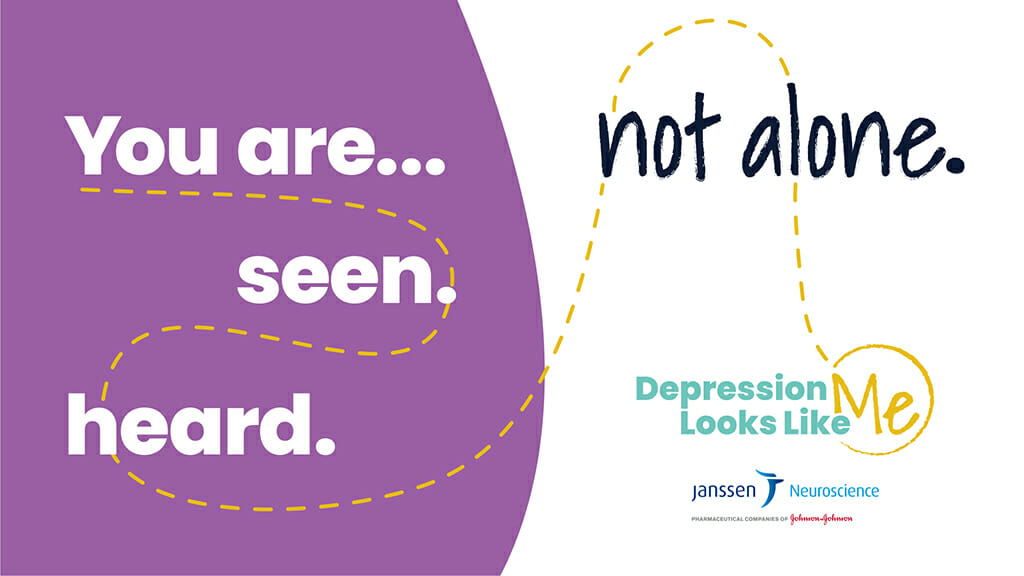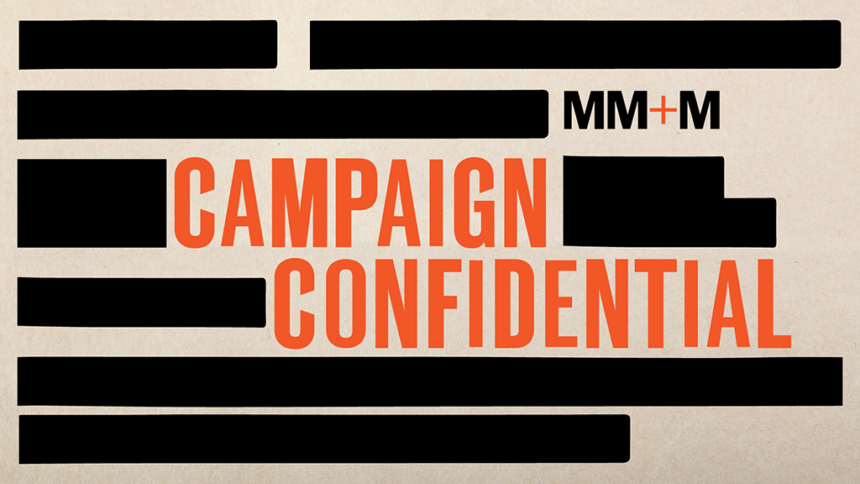Corporations routinely use the annual celebration of Pride Month to promote their products to members of the LGBTQ+ community. Not often enough, however, do they choose to speak to those audiences about weightier topics.
That deficit informs Janssen’s “Depression Looks Like Me,” a campaign designed to point LGBTQ+ individuals toward mental health resources. At its heart sits the depressionlookslikeme.com, which features an abundance of first-person testimonials and links to organizations around the country focused on mental-health issues in the LGBTQ+ population.
Janssen coordinated the effort alongside six organizations: National Coalition for LGBTQ Health, Mental Health America (MHA), SAGE, National Alliance on Mental Illness (NAMI), The TransLatin@ Coalition and Black Emotional and Mental Health Collective (BEAM).
Janssen president, neuroscience Courtney Billington said that “Depression Looks Like Me” emerged from two pieces of research, one negative and the other encouraging.
“Depression and related issues affect the LGBTQ+ community at a significantly higher rate – three times as much,” he noted. “The other piece is that the LGBTQ+ community are two-and-a-half times more likely to get treatment. This group, when given trusted information, acts on it.”

The campaign website aspires to be the definitive repository of trusted information for the diverse audience.
“We wanted to create a clearinghouse that would connect the dots with many different communities,” Billington added. “That was part of the original problem: There were many organizations and companies like ours that were trying to do good things, but that didn’t have a campaign or an approach that resonated with the people they were trying to help.”
As for the first-person testimonials, they’re not exactly rare in healthcare marketing campaigns. Still, Scott Bertani, director of advocacy at the National Coalition for LGBTQ Health, believes they hearken back to the early days of HIV.
“Storytelling is something people want to do. It engages an individual in an open dialogue,” he explained. “With HIV work in the ‘80s and ‘90s, positive opinion leaders coming up and giving their stories was a powerful thing. They stepped out of the shadows and into the light so that people could see that there are possibilities.”
The Janssen effort takes place against the backdrop of COVID and the increased focus on social justice.
“COVID has exacerbated mental health issues broadly. Stress levels are high and all kinds of issues associated with the pandemic have raised the prominence of mental health disorders,” Billington noted. “The reactions to the pandemic – and the hate and violence we are seeing daily directed at the LGBTQ+ community – created a greater sense of urgency.”
Bertani has, however, recently seen some positive signs.
“Telehealth can provide the distance and help you can get over the hump of stigma without feeling the in-person threat of explaining yourself,” he said. “It offers another way to open yourself up.”
This month, the Janssen initiative is competing with many others for the attention of the LGBTQ+ community. That’s why Billington stressed that “Depression Looks Like Me” will not disappear at midnight on June 30.
“This isn’t a one-and-done situation,” he promised. “We have this campaign and we are committed to continuing to build on it.”
Janssen’s commitment is part of corporate parent Johnson & Johnson’s larger and more ambitious “Race to Health Equity,” a $100 million program launched two years ago.
“If we can make a difference here, we can actually approve overall access for all people and all communities who have historically been excluded,” Billington continued.
Bertani agreed, adding advice for anyone with a friend who might need help.
“The first step is often the hardest part for both individuals: Just to check in,” he said. “It is simply being a friend. You don’t have to have all the answers, but you can let someone know that they are not alone and there are practitioners, providers and therapists who can walk with them down that path.”







